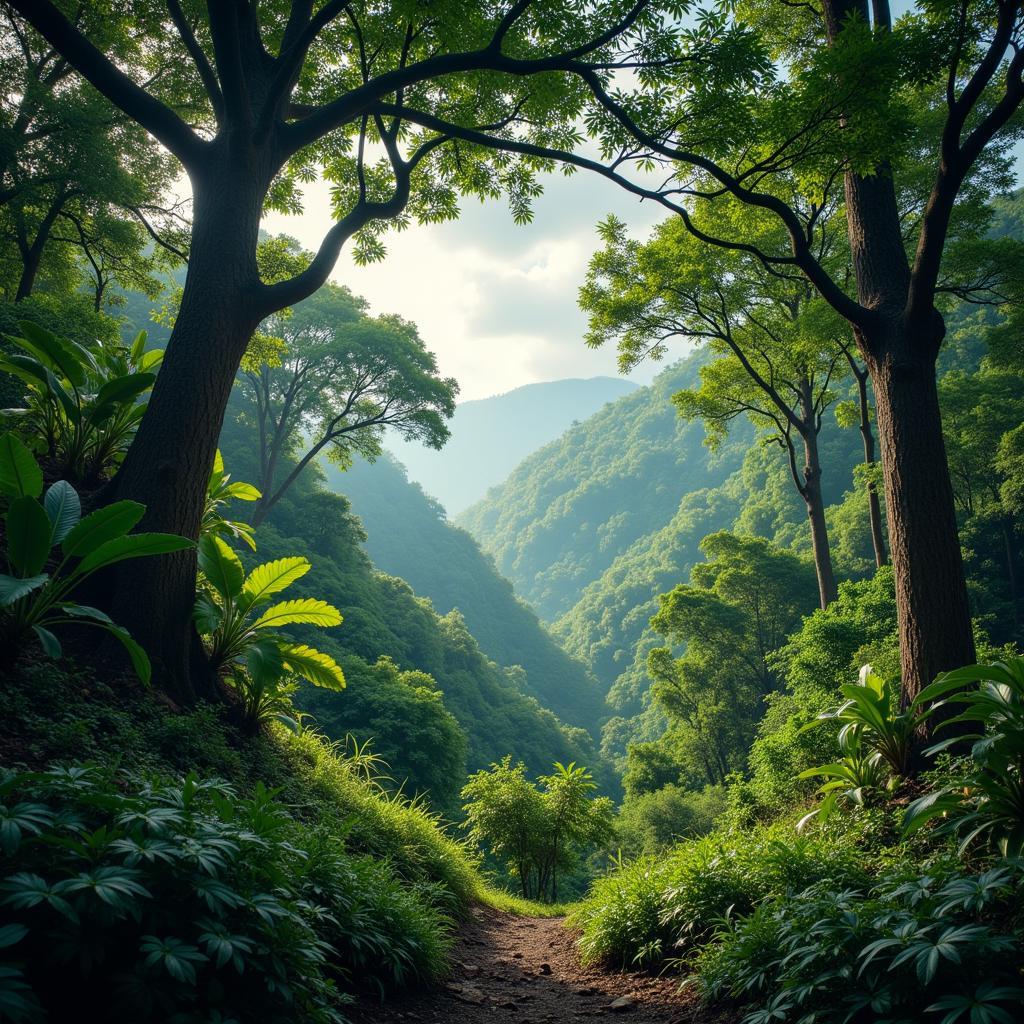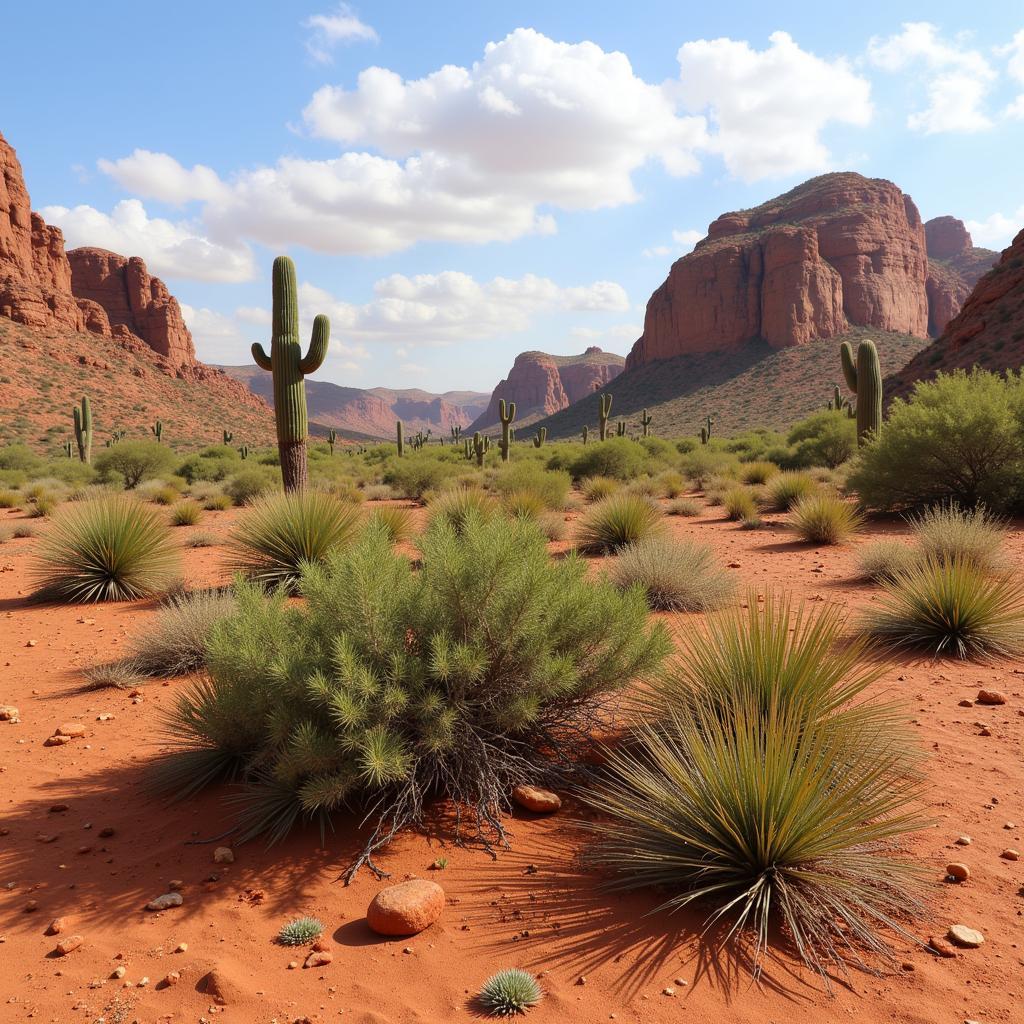About African Vegetation: A Diverse Tapestry of Life
About African vegetation Wikipedia searches often lead to fragmented information. This comprehensive guide dives deep into the intricate world of African flora, exploring its diversity, adaptations, and significance to both the environment and human life.
Unveiling the Richness of African Vegetation
Africa, the second-largest continent, boasts an incredibly diverse range of vegetation, from lush rainforests to arid deserts. This botanical tapestry is shaped by a complex interplay of factors, including climate, soil type, altitude, and human activity. Understanding these factors is crucial to appreciating the intricate web of life that thrives across the continent.
The Influence of Climate on African Vegetation
Climate plays a pivotal role in shaping African vegetation patterns. Rainfall, temperature, and sunlight availability are key determinants of plant life. Regions with high rainfall and consistently warm temperatures support dense rainforests, teeming with a plethora of plant and animal species. Conversely, areas with low rainfall and extreme temperatures give rise to deserts, characterized by sparse vegetation adapted to harsh conditions.
 African Rainforest Vegetation: A Hotspot of Biodiversity
African Rainforest Vegetation: A Hotspot of Biodiversity
Areas with moderate rainfall and seasonal temperature variations often support savannas, grasslands interspersed with trees. These ecosystems are home to a unique blend of flora and fauna, including iconic African wildlife like lions, elephants, and giraffes.
Soil and Altitude: Shaping Plant Communities
Soil type and altitude also influence vegetation patterns. Different soil types offer varying levels of nutrients and water retention, impacting the types of plants that can thrive in a given area. Similarly, altitude creates distinct vegetation zones, with plant communities changing as elevation increases.
Human Impact on African Vegetation
Human activity has significantly impacted African vegetation. Deforestation, agriculture, and urbanization have altered natural ecosystems, leading to habitat loss and fragmentation. These changes pose a threat to biodiversity and ecosystem services, highlighting the need for sustainable land management practices.
Adapting to the Challenges: Survival Strategies of African Plants
African plants have evolved remarkable adaptations to cope with the diverse environmental conditions. From drought-resistant succulents to fire-adapted trees, these survival strategies demonstrate the resilience of life in the face of adversity.
Drought Tolerance: Mastering Water Conservation
In arid regions, plants have developed mechanisms to conserve water. Succulents, for instance, store water in their fleshy leaves and stems, enabling them to survive extended periods of drought. Other plants have deep root systems to access groundwater or specialized leaves to minimize water loss.
Fire Adaptation: Thriving in the Face of Flames
Fire is a natural phenomenon in many African ecosystems, particularly savannas. Some plants have adapted to survive and even thrive in the presence of fire. Thick bark protects trees from fire damage, while some species have seeds that germinate only after being exposed to fire.
 African Desert Vegetation: Adapting to Extreme Aridity
African Desert Vegetation: Adapting to Extreme Aridity
Dr. Anika Olsen, a renowned botanist specializing in African flora, notes:
“African plants showcase an incredible array of adaptations, reflecting the continent’s diverse environmental conditions. These adaptations are not only fascinating from a scientific perspective, but also hold valuable lessons for sustainable resource management.”
Professor Kofi Asante, an expert in ethnobotany, adds:
“The intricate relationship between African communities and their surrounding vegetation is deeply rooted in cultural and spiritual traditions. Understanding this connection is essential for promoting biodiversity conservation and sustainable development.”
Conclusion: Preserving Africa’s Botanical Heritage
Understanding about African vegetation, beyond a basic Wikipedia search, is essential for appreciating the continent’s ecological richness. From the vast savannas to the dense rainforests, African vegetation plays a vital role in supporting biodiversity, regulating climate, and providing resources for human communities. Preserving this botanical heritage is crucial for the future of the continent and the planet.
FAQ
- What is the most common type of vegetation in Africa? Savanna is the most prevalent.
- How does climate change affect African vegetation? Climate change is altering rainfall patterns and increasing temperatures, impacting plant growth and distribution.
- What are some examples of African medicinal plants? Examples include aloe vera, baobab, and rooibos.
- How is African vegetation used by local communities? Local communities rely on vegetation for food, medicine, building materials, and fuel.
- What are some threats to African vegetation? Threats include deforestation, agriculture, urbanization, and climate change.
- What are some conservation efforts to protect African vegetation? Conservation efforts include protected areas, sustainable forestry practices, and community-based conservation initiatives.
- Where can I find more information about specific African plant species? Reputable online databases and botanical gardens provide detailed information.
Related Articles:
- The Impact of Climate Change on African Wildlife
- Traditional Uses of African Plants
- Exploring the Biodiversity of African Rainforests
Need support? Contact us at +255768904061, email [email protected] or visit us at Mbarali DC Mawindi, Kangaga, Tanzania. Our customer service team is available 24/7.


